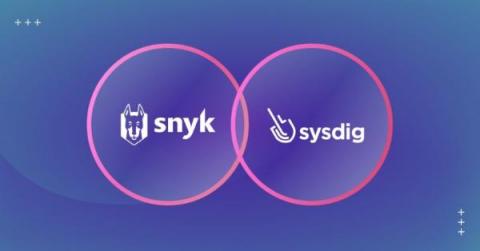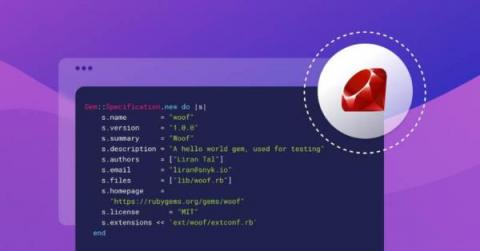Best practices for container isolation
Containers are a standardized software packaging format that provides a predictable, replicable way to run applications. Container isolation is one of the primary benefits of containerized applications. Using containers enables us to isolate our software from its environment, increasing consistency and reliability across our development and staging environments. You’re probably familiar with — or are using — Docker containers.











